Why you can trust TechRadar
Verdict
Let’s get one thing out of the way first: the iPhone X is not a phone for the Android fan. This is a phone for someone who’s entrenched in the iPhone ecosystem and doesn’t want to leave, but has become bored to tears by the same old design from Apple for the previous four years.
The iPhone X is the phone we’ve been willing Apple to make, partly so that we’ve got something new to write about, but also so those who look forward to the arrival of a new iPhone actually have something to get excited about.
‘New Phone Day’ is one of the highlights in many people’s years, and the iPhone X is worthy of the excitement.
Apple has got things almost entirely right with the iPhone X, taking all it’s learned from its past handsets and fusing them together to make a device that’s like nothing else the brand has ever produced.
See our overview video of the iPhone X below.
In our opinion, the greatest iPhone before the X was the iPhone 4, which elevated Apple from ‘poor specs but great user experience’ to a real smartphone contender, fusing strong design with decent performance.
But the iPhone X takes things in a whole new direction, offering users something they’ve never had before in the iOS world. We're annoyed it's taken this long to get an OLED screen on an Apple phone, but now that we've got one there's not a lot to fault on the iPhone X.
The selfie camera, the raw power, the all-new screen shape and the well-implemented Face ID combine impressively to create a new direction for the iPhone.
It’s interesting that Apple says the iPhone X is the future of smartphones, however, because many of its new features are already present on other handsets on the market. The X is not going to make waves in the same way the original iPhone did.
But in terms of the future of iPhones… well, this is it. Anything that’s not the iPhone X now just looks dated and slathered in bezel, and Apple clearly agrees, as all of its 2018 handsets sport this design. The iPhone X is indeed the Apple handset of the future, and everything else it’s made is history.
Should I buy it?
Just think about handing this phone to someone who’s got the first iPhone in 2007 – that 3.5-inch-screened metal-and-plastic fusion, with a terrible camera, grainy screen, no apps and a swipe to unlock.
The iPhone X is a smooth, machined, waterproof phone with a superb high-res screen, 256GB of storage, millions of apps, lightning download speeds, AR effects, instant facial recognition, amazing speakers, sublime photos from the front and back cameras, console-level gaming… the iPhone X serves as powerful reminder to sometimes step back and see how far we’ve come.
Is it perfect? Of course not – it's so, so expensive. No matter how good the phone is, the extreme cost puts it out of reach of so many smartphone fans.
The notch on the iPhone X irks, the bezels are a little too heavy to call it bezel-less, the camera isn’t market-leading (although it’s very, very good), and despite all the technical innovation it’s impossible to look past the dizzying cost.
That said, aside from the newer iPhone XS, the iPhone X is the closest to perfection Apple has ever got with an iPhone – and if you’re okay with the sky-high price, you’re going to love it.
First reviewed October 2017
Not sold on the iPhone X? Then check out these options below...
iPhone XS and iPhone XS Max
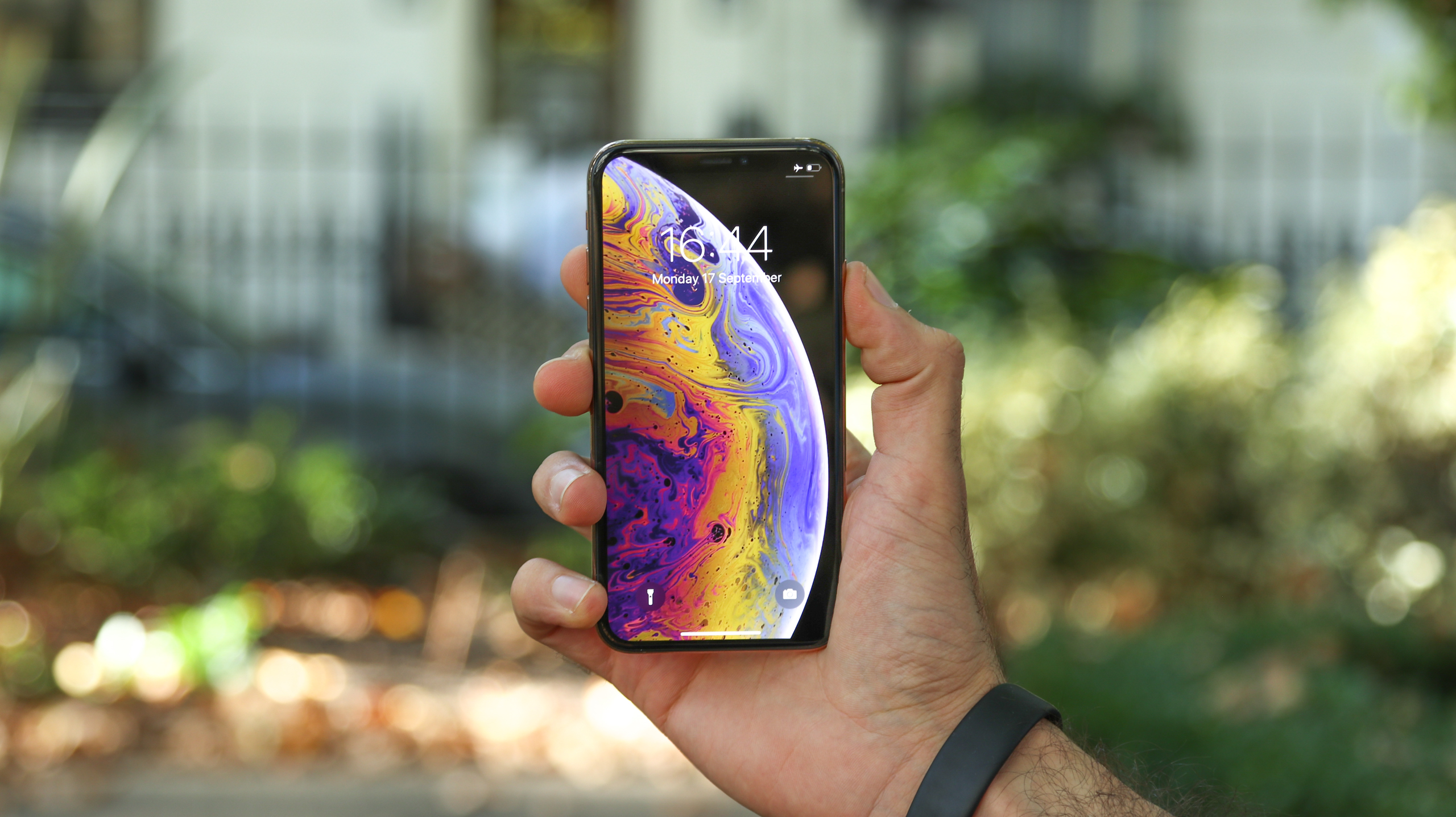
The obvious alternative to the iPhone X is the newer iPhone XS. It's similar in a lot of ways, with much the same design and screen, but it has more power, better speakers, slightly improved battery life and some camera improvements.
So it's a refinement of what the iPhone X offers rather than anything particularly new. Is that worth the outlay? Only you can decide, but these are both top phones.
If you want to see bigger changes though then you might want to consider the iPhone XS Max, which is similar to the iPhone XS in most ways but has a much bigger 6.5-inch screen. Though that will cost you even more.
- Read our iPhone XS and iPhone XS Max reviews
iPhone SE (2022)
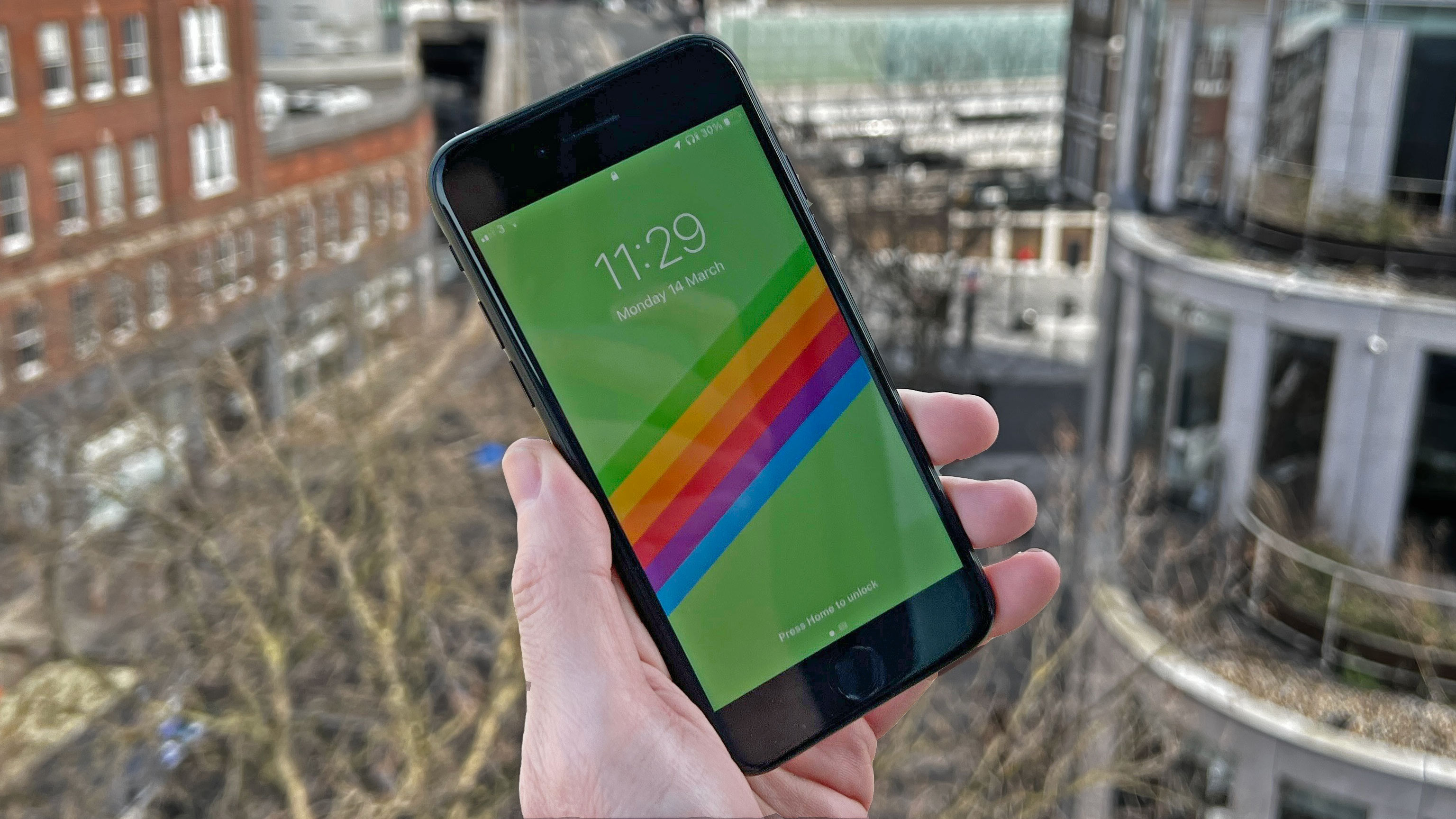
If you want something a lot newer than the iPhone X but don't want to spend flagship prices, then consider the iPhone SE (2022).
This actually has a more old-fashioned design, with the home button intact and no Face ID. It's also got a smaller 4.7-inch screen and only one rear camera.
Where it wins though is in offering 5G and having far more power, thanks to its A15 Bionic chipset. It's also still available new, unlike the iPhone X, and will surely be supported for a lot longer.
- Read our iPhone SE (2022) review
iPhone XR

The iPhone XR is an interesting option as it's newer than the iPhone X and has a faster chipset and a larger 6.1-inch screen, yet it's marginally cheaper.
There are some sacrifices though, the main ones being that the design while similar isn't quite as nice, the screen is LCD rather than OLED, and it only has one rear camera.
Ultimately the iPhone XR is probably the worse phone, but if the screen size or extra power appeal you wouldn't be making a mistake in buying it.
- Read our iPhone XR review
Samsung Galaxy S9 and S9 Plus
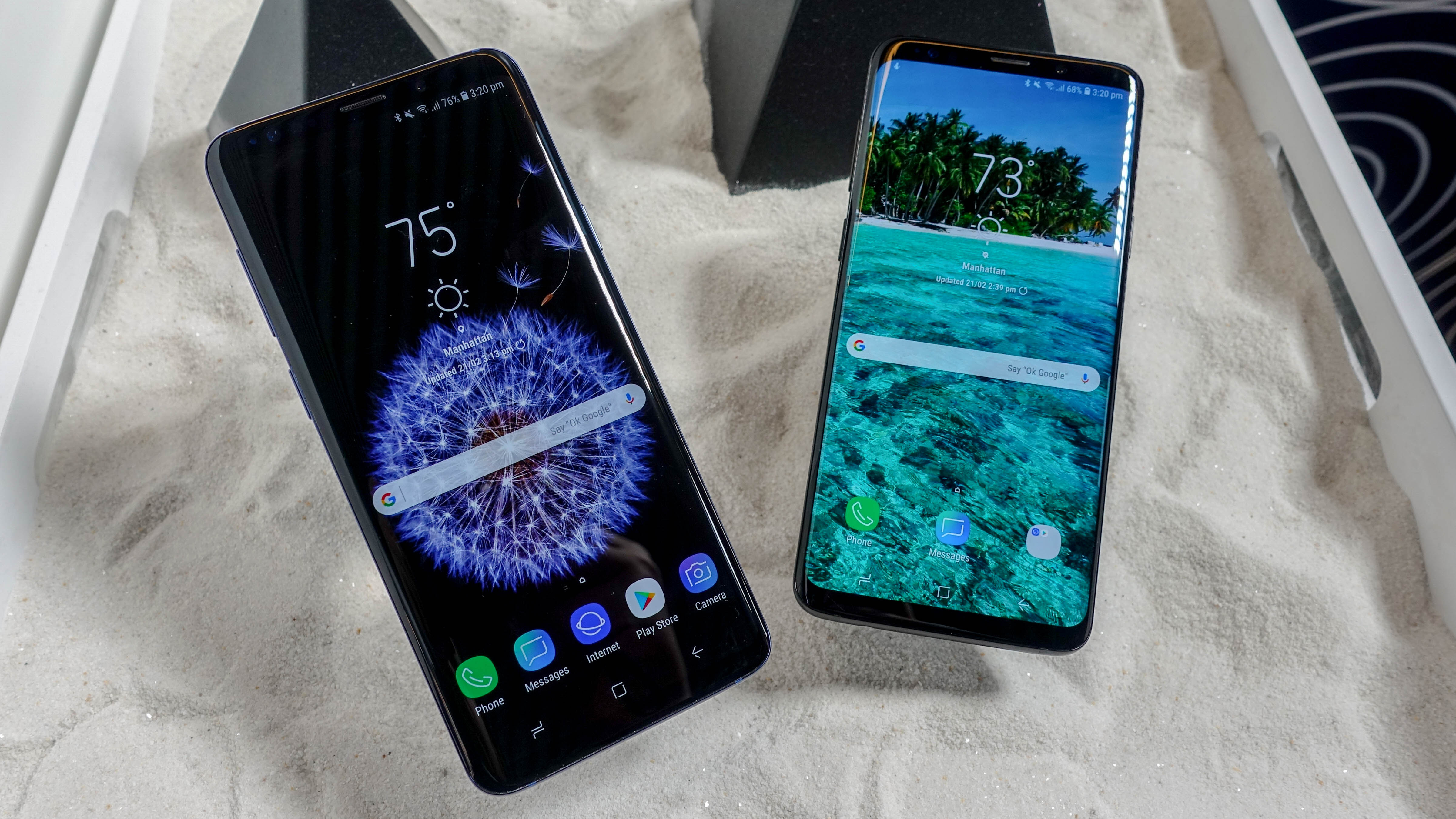
Samsung and Apple are taking cues from each other every new phone cycle, so to be tempted by the Galaxy S9 and S9 Plus isn't too surprising. It's a nice phone too.
If you can get past the switch to Android and handle a phone with a 6.2-inch display, the S9 Plus is a top phone. Its curved Super AMOLED display and rear-mounted fingerprint sensor make it pleasing in both form and functionality. You're also going to love the photos, and the fact that it's slightly cheaper than Apple's launch price.
- Read our Samsung Galaxy S9 review
- Read our Samsung Galaxy S9 Plus review
Samsung Galaxy S10 and S10 Plus
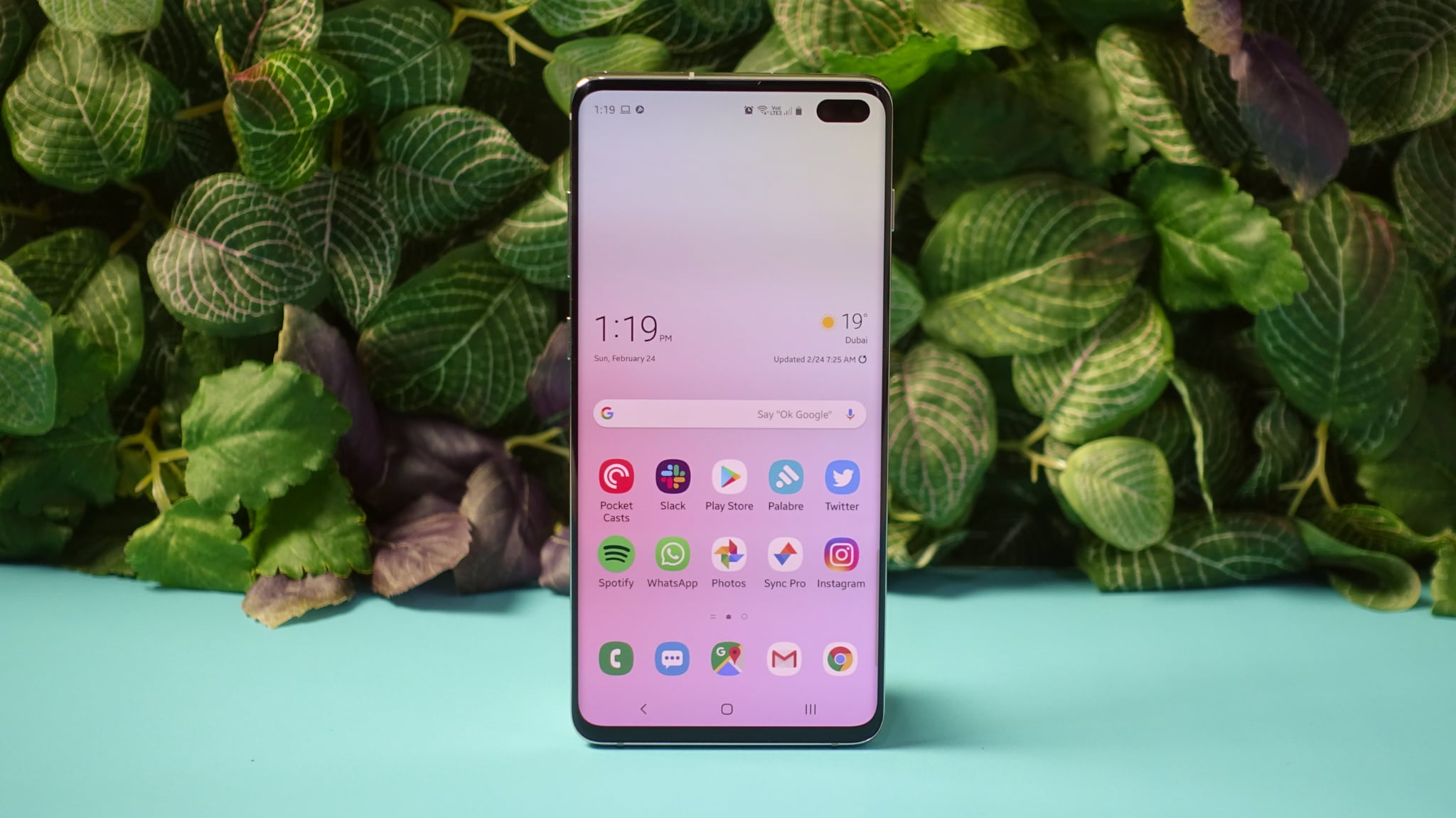
You're probably not considering the Samsung Galaxy S10 or S10 Plus, since they're more competitors for the newer iPhone XS.
But if you want one of the best Android handsets available and are prepared to pay for it then one of these could be a good choice.
They do away with the notch in favor of a camera cut-out in the screen, for an all-screen design. They also have a curved display, an in-screen fingerprint scanner, loads of power, and in the case of the S10 Plus five cameras, with three on the back and two on the front.
- Read our Samsung Galaxy S10 Plus review and hands on Galaxy S10 review
Samsung Galaxy S8
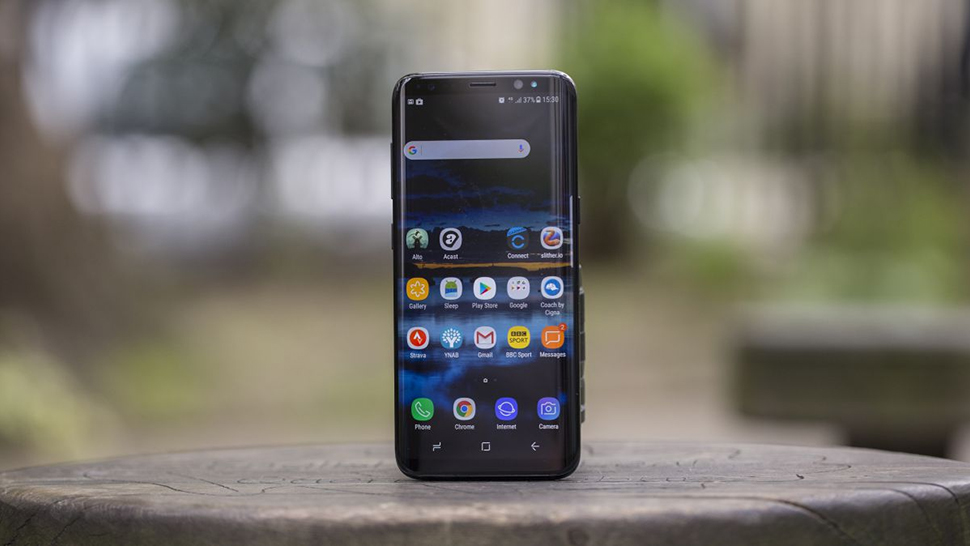
Okay, the chances are you’re not going to pick up an older Samsung phone either if you’re looking at buying the iPhone X, but it’s definitely worth considering. It also uses OLED technology – and is pretty nifty – at it, in our opinion, and it packs an industry-leading camera.
It’s a cheaper phone too – partly due to the original price, and also from being on the market a few months and the cost declining. But few people are likely to make the switch from Apple’s ecosystem to Android’s.
- Read our Samsung Galaxy S8 review

Gareth has been part of the consumer technology world in a career spanning three decades. He started life as a staff writer on the fledgling TechRadar, and has grew with the site (primarily as phones, tablets and wearables editor) until becoming Global Editor in Chief in 2018. Gareth has written over 4,000 articles for TechRadar, has contributed expert insight to a number of other publications, chaired panels on zeitgeist technologies, presented at the Gadget Show Live as well as representing the brand on TV and radio for multiple channels including Sky, BBC, ITV and Al-Jazeera. Passionate about fitness, he can bore anyone rigid about stress management, sleep tracking, heart rate variance as well as bemoaning something about the latest iPhone, Galaxy or OLED TV.
